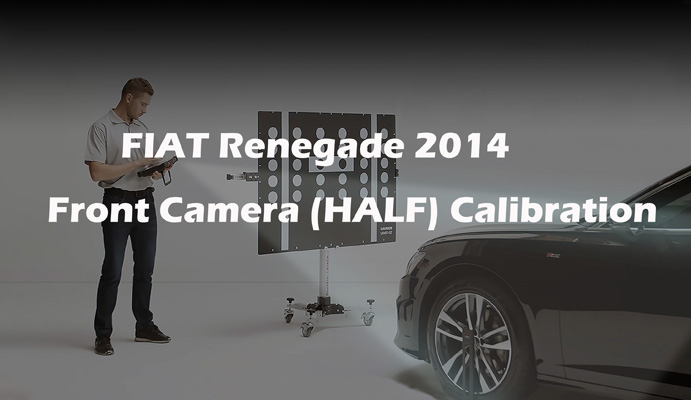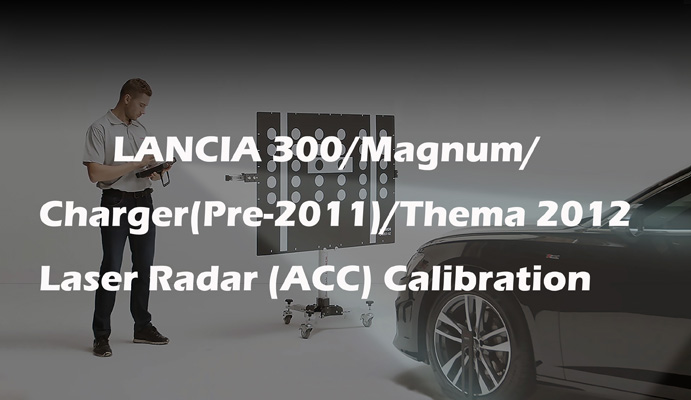Rear wheel alignment is the process of adjusting the angle and position of a vehicle's rear wheels to ensure they are properly aligned with each other and with the frame.
Generally, the key angles of wheel alignment adjustment include the following:
Toe: The angle at which the rear edge of the tire turns in or out when viewed from above is called toe alignment.
Thrust angle: The thrust angle is the angle formed by the centerline of the vehicle and the direction the rear wheels are pointing. Proper thrust angle alignment prevents the vehicle from pulling to one side and ensures it travels straight.
Rear camber: This angle indicates the slope of the top of the rear wheel when viewed from the side. Proper rear camber alignment ensures optimum rear tire contact with the road, preventing uneven tire wear and aiding in-road stability.
Wheel offset: Wheel offset positioning ensures that the rear wheels are positioned symmetrically on either side of the vehicle's centerline.
While the front wheels are usually the main focus of discussion, the rear wheels play an important role in ensuring the vehicle has straight, predictable handling. So the rear wheels are very much in need of positioning, just like the front wheels. Here are a few reasons why rear wheel alignment is so important:
① Handling balance: In vehicles with rear-wheel drive or all-wheel drive systems, proper rear wheel alignment contributes to the overall handling balance of the vehicle. Improper alignment can cause a tendency to understeer or oversteer, affecting how the vehicle responds to steering inputs.
② Suspension performance: rear wheel alignment affects the performance of the vehicle suspension system. Misalignment can affect how the suspension components work together and affect ride comfort and handling.
③ Vehicle stability: Misalignment of the rear wheels may cause problems such as the vehicle is not straight, the rear end shakes, or it is difficult to maintain control when turning. Proper rear wheel alignment contributes to stability and a predictable ride.
④ Tire wear: Misalignment of the rear wheels will cause uneven wear of the rear tires, just as misalignment of the front wheels will affect the wear of the front tires.
⑤ Thrust angle alignment: Ensuring that the thrust angle (the angle formed by the centerline of the vehicle and the direction the rear wheels are pointing) is properly aligned is important to prevent the vehicle from pulling to one side.
We recommend aligning the wheels on a regular basis, both front and rear, as part of routine vehicle maintenance.
Rear wheel alignment contributes to the safe driving of the vehicle. There are various signs and symptoms that indicate the need for rear wheel alignment, but rear wheel alignment problems are multifaceted, and identifying these problems can help with efficient alignment. Here are some common rear wheel alignment problems and their associated symptoms:
1. Rear camber misalignment:
- Symptoms: Uneven wear on the inside or outside edge of the rear tire, reduced stability when cornering, and changes in handling behavior.
- Impact: Camber misalignment may cause the top of the rear tire to tilt in or out. Excessive negative camber (inward leaning) causes increased wear on the inner edge of the tire, while excessive positive camber (outward leaning) causes wear on the outer edge.
2. Rear toe misalignment:
- Symptoms: Uneven rear tire wear, drifting or pulling to one side, unstable handling, increased fuel consumption.
-Influence: Rear toe misalignment can cause the rear tires to tip in or out, causing them to scrape the road unduly. This causes uneven wear and shortens tire life.
3. Thrust angle misalignment:
- Symptoms: Vehicle pulling to one side when driving in a straight line, uneven tire wear on one side of the vehicle, steering wheel not centered when driving in a straight line.
- Influence: If the thrust angle is misaligned, the vehicle may not be able to drive straight and may require constant steering corrections.
4. Rear wheel offset:
- Symptoms: The vehicle is driving in a straight line, but the rear wheels are out of alignment with the front wheels, and the tire wear pattern is abnormal.
- Influence: Misalignment of the rear wheel offset may result in an asymmetric positioning of the rear wheels relative to the front wheels. This can cause uneven handling and uneven tire wear.
5. Suspension questions:
- Symptoms: Rough or bumpy ride, unusual noise from rear suspension, changes in vehicle handling and stability.
- Influence: Rear wheel misalignment may place additional stress on suspension components, potentially causing suspension problems, reduced ride comfort and impaired handling.
If you notice any of these symptoms in your vehicle or suspect a rear wheel alignment problem, it is advisable to have your vehicle checked by a professional mechanic or alignment specialist at your local auto repair.
If the rear wheels of vehicles are out of alignment, it can have a huge impact. Specifically in the following situations:
1. Vehicle towing: Even on a straight road, misalignment of the rear wheels can cause the vehicle to pull or drift to one side. This requires constant steering corrections to maintain a straight path.
2. Steering wheel eccentricity: Even when driving in a straight line, misalignment of the rear wheels can cause the steering wheel to be eccentric. This could be a visual cue that the rear wheels are out of alignment.
3. Unstable ride: Rear wheel misalignment will cause uneven suspension load and affect ride comfort. The vehicle can be rougher and transmit more road vibrations into the cabin.
4. Increased fuel consumption: Rear wheel misalignment creates additional rolling resistance, resulting in increased fuel consumption over time.
5. Tire noise: Misalignment can cause tires to make abnormal noise due to uneven contact with the road.
6. Reduced life of suspension components: Rear wheel misalignment puts additional stress on suspension components, potentially causing premature wear and shortening the life of the components.
7. Reduced stability: Misalignment of the rear wheels can lead to reduced stability, especially when cornering. The vehicle may feel less fixed on the road and may wobble or become unpredictable when cornering.
8. Alignment compound: If the alignment of the rear wheels is not accurate, it will also affect the alignment of the front wheels. Overall vehicle misalignment can cause handling and stability problems.
9. Uneven tire wear: One of the most common consequences of rear wheel misalignment is uneven tire wear.
10. Imbalanced handling: The handling characteristics of the vehicle may be negatively affected. The tendency to oversteer or understeer may become more pronounced, affecting how the vehicle responds to steering inputs.
Regular rear wheel alignment checks can help ensure your vehicle maintains proper alignment, resulting in safer driving conditions, longer tire life, and improved overall performance.
Return


